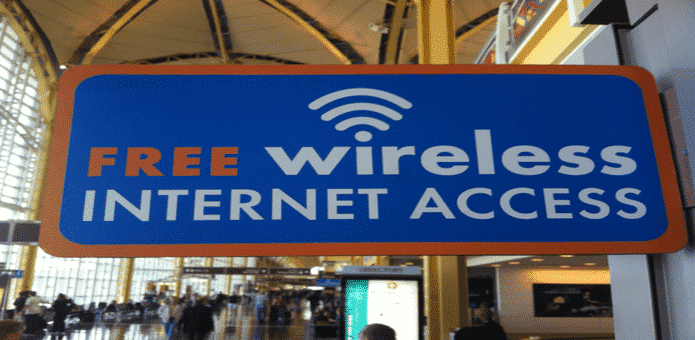Why using a public Wi-Fi hotspot is an open invitation to hackers and malware?
Internet users the world over have one thing is common, using free Internet connection! We often visit the public Wi-Fi hotspots located at the CCD outlets, airports and train stations to avail free data. We have become freeloaders and fail to appreciate the risks associated with accessing such free WiFi hotspots that we open up our smartphones and laptops to all kinds of hackers.
Yes, the risk is real! In fact, one in four public WiFi hotspots from around the world is exposed to hacking. Kaspersky Lab analyzed more than 31 million Wi-Fi hotspots across the world and found that 28% hotspots meaning every one in four hotspots are unsafe and exposed to hacking. In simple terms, if you are using such exposed WiFi’s you are putting your passwords, messages, documents, videos, images and financial data at great risk.
Kaspersky found that one in four Wi-Fi does not use any encryption or password enable protection of any sort, making the users’ data vulnerable to any cyber attack or crime. Apart from this, another 3% of the wi-fi hotspots use wired equivalent privacy (WEP) to encrypt data which can be cracked easily by using various online tools available for free. Rest two third of the hotspots use wi-fi protected access (WPA) protocols based encryption which is more reliable.
There are millions of such hotspots offering free WiFi connection to anyone. Some allow instantaneous connection while others ask the user to register themselves before allowing them to connect. Hacking a smartphone or laptop connected such free WiFi hotspots is a piece of cake for a professional hacker/cyber criminal. In fact, this 7-year-old girl took less than 11 minutes to hack a public WiFi so you can imagine the layer of insecurity associated with a public WiFi.
Tourists are the top victims of public WiFi hacking and malware. The Kaspersky report points out that the top 20 countries that have the most number of non-encrypted wi-fi hotspots include some of the popular tourist destinations and tourists are most vulnerable to cyber crime.
You can protect yourself from hacking/malware while using public WiFi, using this tutorial.

